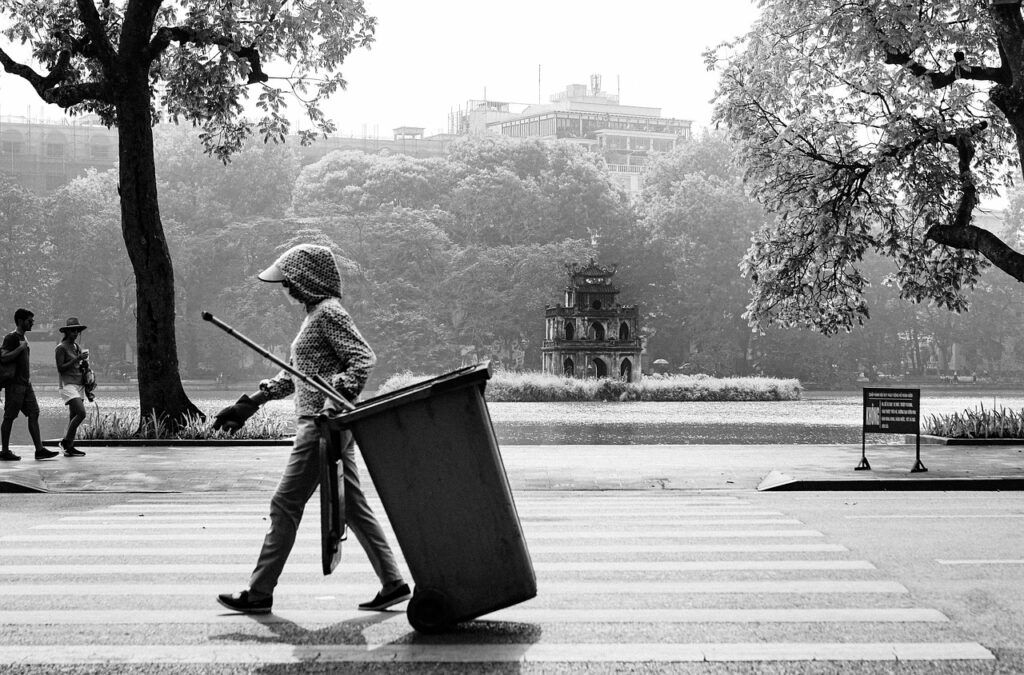Drain cleaning removes blockages and buildup from pipes to maintain proper water flow and prevent damage. Regular drain cleaning helps avoid costly repairs and keeps plumbing functioning efficiently.
Clogs can form from hair, grease, soap, and debris, leading to slow drains or backups. Understanding how to clean drains effectively can save time and reduce the need for professional services.
This article explores common causes of drain clogs, simple cleaning methods, and when to seek expert help. It provides clear guidance to keep drains clear and plumbing in good condition.
Essential Drain Cleaning Methods
Drain cleaning involves several effective techniques that target different types of blockages and pipe conditions. Proper selection depends on the nature of the clog, the drain system, and safety considerations.
Manual Drain Cleaning Tools
Manual tools like plungers, drain snakes, and augers offer direct mechanical methods to remove blockages. A plunger uses suction and pressure to dislodge clogs near the drain opening, ideal for sinks and toilets.
Drain snakes are flexible cables that extend into the pipe to break up or pull out debris. Augers are a type of snake with a spiral tip designed to cut through tougher materials such as hair or grease buildup. Manual tools require physical effort but avoid chemicals and are suitable for minor to moderate blockages.
Chemical Drain Cleaners
Chemical cleaners use reactive substances to dissolve organic blockages like hair, grease, or food particles. Common chemicals include sodium hydroxide, sulfuric acid, or enzymatic formulas. They vary in strength and application methods.
Users should follow instructions carefully to avoid pipe damage or personal injury. Chemical cleaners are effective on organic material but do not remove solid objects. Overuse can corrode pipes and harm the environment, making them suitable only for specific issues and occasional use.
Hydro Jetting Techniques
Hydro jetting employs high-pressure water streams to clear blockages and clean pipe walls. This technique removes debris, grease, roots, and mineral buildup inside pipes.
Professional-grade equipment delivers water at pressures exceeding 3,000 psi, flushing pipes thoroughly. Hydro jetting is versatile and safe for most plumbing systems but requires expert operation to avoid pipe damage. It is highly effective for severe blockages and preventive maintenance.
Preventing and Addressing Common Drain Issues
Drain problems often start with small, recognizable signs and can worsen without proper attention. Routine care and timely professional help are essential to keep drains functioning well and prevent costly repairs.
Identifying Early Signs of Clogged Drains
Slow draining water is the most common early indicator of a clog. Faucets, showers, or sinks that take longer to empty than usual should be checked immediately.
Other signs include unusual noises like gurgling when water flows or unpleasant odors coming from drains. These hints suggest trapped debris or buildup in the pipes.
Monitoring these signs helps address blockages before they cause backups or pipe damage. Catching issues early minimizes disruption and expense.
Regular Maintenance Practices
Regular cleaning with safe, non-corrosive solutions can prevent buildup. Avoid chemical drain cleaners as they may damage pipes over time.
Using drain strainers stops hair, food particles, and debris from entering pipes. Flushing drains weekly with hot water helps dissolve grease and soap scum.
Scheduled inspections and cleanings every 6 to 12 months are advisable, especially in older systems. Maintenance maintains flow and extends the life of plumbing.
Professional Services for Stubborn Blockages
If a clog resists DIY methods, professional drain cleaning is necessary. Experts use tools like drain snakes, hydro-jetting, or video inspection to diagnose and clear blockages.
These methods remove root intrusions, mineral deposits, and large debris that home remedies can’t handle. Professionals also identify underlying pipe issues.
Engaging a licensed plumber ensures safe and effective clearing, preventing potential damage from improper techniques.


